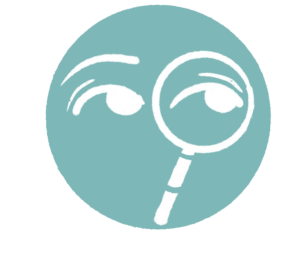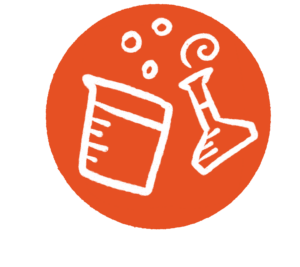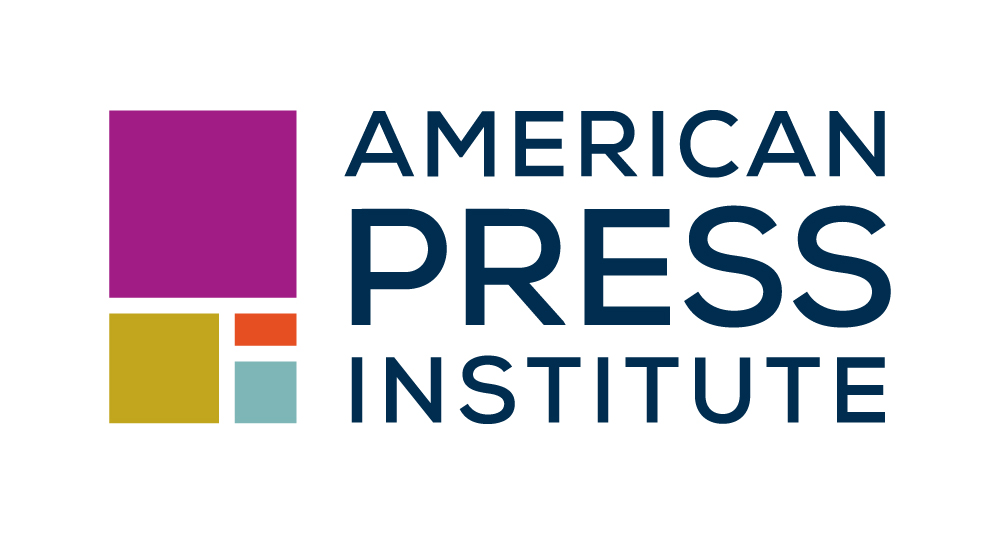Illustration by Sylvia Asuncion-Crabb
Collaboration allows you to bring in more perspectives and ideas, making you better equipped to solve problems and take on bigger, more complex projects. Though the benefits are apparent, many teams and organizations need help with effective collaboration.
If you’re struggling with collaboration, these tips from New York University researchers Jenny Fernandez, Kathryn Landis and Julie Lee, shared in the Harvard Business Review, might help:
- A scarcity mindset — quite common among the local news industry, which has seen years of cuts — can be a significant blocker to collaboration. It forces us to think only about immediate problems and could prevent us from seeing the long-term value of collaboration. Instead, shift to a mindset of abundance and gratitude, which should help tamp down internal competitiveness and fear, and increase creativity.
- Collaborating also allows you to pursue more options as you’re bringing in more skillsets and knowledge. Having more options means you can be more strategic with what you ultimately decide.
- Think about innovation as “not a drain on resources, but a bet on a bigger return in the future.”
- As a leader, you can help your team develop a collaborative mindset. Help them think about the strengths the team and organization have and what opportunities those might bring. Identify past examples of successful collaboration.

Working across teams and silos
 What it means
What it means
All of the strategies discussed throughout this guide require working across teams and silos in your newsroom and organization. The most successful collaborators recognize one another’s strengths and establish practices to facilitate collaboration and teamwork.
Each team and department has its own culture, communication style and goals, so it’s important to consider these differences and align expectations. Is there a communication tool or process to allow for an easy flow of ideas and approval? What behaviors and contributions will be rewarded in this group setting? How will feedback be given and acted upon?
 What it looks like in practice
What it looks like in practice
- KXLY-TV, an ASU Cronkite Table Stakes program alumnus based in Spokane, Washington, developed a mission statement to guide its cross-newsroom elections team. KXLY shared this mission statement with its audience, too, as a way to hold the team accountable for creating audience-focused election coverage. The team found the specificity outlined in the mission statement helped guide it to drive real change in its coverage.
- The Dallas Morning News, a participant in the first Major Market Table Stakes program, uses a Slack channel to collaborate on headlines. Moving the morning digital meetings to the Slack #headline-rodeo channel allowed everyone in the newsroom to get involved in crafting compelling headlines and learn what works best through A/B testing. In more than 700 conclusive headline tests the team ran using Chartbeat, they saw an average click-through rate increase of 45%.
- The Bay Area News Group, another Major Market participant, also turned to Slack to improve team collaboration. By moving from email to Slack, the Mercury News and East Bay Times teams could better organize the flow of information and their editorial planning. The channels also ensured that everyone had access to key information. Their newly developed system faced a big test during the California wildfire season. Still, with patience and some redirection, they convinced everyone to use the Slack channels instead of email.
 Try this
Try this
- Use these five frameworks featured in the Table Stakes program to help improve collaboration in your news organization.
- Develop community agreements to foster trust and understanding as you collaborate across teams, following this advice from the National Equity Project.
- Try out these 12 ideas for fostering belonging and collaboration, from experts at the API Local News Summit for Table Stakes Alumni in 2024.
- Use this template to run a retrospective meeting across teams after a big project and follow these tips from API’s vice president of Product Strategy, Elite Truong, to ensure all voices are included.

Partnerships
 What it means
What it means
Partnerships are a great way to increase capacity, resources and expertise beyond your organization’s ability. Partnering with other organizations — news or not — can also be a way to reach additional audiences and better serve communities without duplicating efforts.
Though there are many positives, it’s important to remember that partnerships come with unique challenges. You’re bringing together different workplace cultures and sometimes inequitably resourced organizations. Carefully considering the pluses and minuses of a partnership and ensuring all partners are benefiting are essential steps from the start. We encourage you to use the resources below as you consider how partnerships might work for your organization.
 What it looks like in practice
What it looks like in practice
- WFAE, Charlotte’s NPR member station and a UNC Table Stakes alumnus, teamed up with Spanish-language newspaper La Noticia to hire an immigration reporter through Report for America. The reporter had two assigning editors, one at each news organization, and the three met weekly to coordinate. The two organizations were intentional about establishing an equitable partnership. They set ground rules from the start, including cross-linking to each other’s work, respecting each other’s opinions and editorial judgment and working together on events. One impact of the partnership was Latino leaders in Charlotte reaching out directly to the reporter to pitch story ideas, saying they now viewed WFAE as an organization that wanted to cover the Latino community without causing harm.
- The Durango Herald, a Poynter Table Stakes alumnus, partnered with several other Colorado organizations on its solutions-based coverage of youth suicide. Before beginning the project, they met with groups working on teen mental health issues to surface a problem — people searching for information on suicide in Durango were finding stories about people who took their own lives, not clinics and helplines. In response, the newspaper built a website that features mental health and suicide-prevention resources available to residents, something local experts had been wanting for a long time. Next, the newspaper used a $5,000 grant from the Solutions Journalism Network to hire an audio reporter, who teamed up with one of the newspaper reporters. The audio reporter had connections to three local radio stations, who aired her 10 audio stories, reaching the communities they wanted to serve, including the Southern Ute Indian Tribe.
- The Kansas City Media Collective, a Poynter Table Stakes alumnus, brings together six nonprofit media and media-adjacent organizations that rely on community support. This collective allows the organizations to produce more bigger-scale projects than they could do individually. Before the collective, some of the organizations had partnered on projects. The group worked hard to form a foundation of trust through regular meetings and shared goals. They also formed specialized committees that best leveraged the strengths of each organization. The collective has found success in content sharing; sharing staff resources, including knowledge and expertise as well as an internship program across three of the organizations; and producing a broader range of coverage. There were some missteps at the start, though, as members focused more on the “why” behind their collaboration than the “how.” Identifying these gaps and clear discussion helped iron out some of the details. Another key was hiring a project manager.
 Try this
Try this
- Use this partnerships scorecard, from the Daily Tar Heel, to determine whether a partnership is worth pursuing.
- Design your next collaboration with this workbook by Heather Bryant of Project Facet, and find additional guides and tipsheets here from the Center for Cooperative Media.












